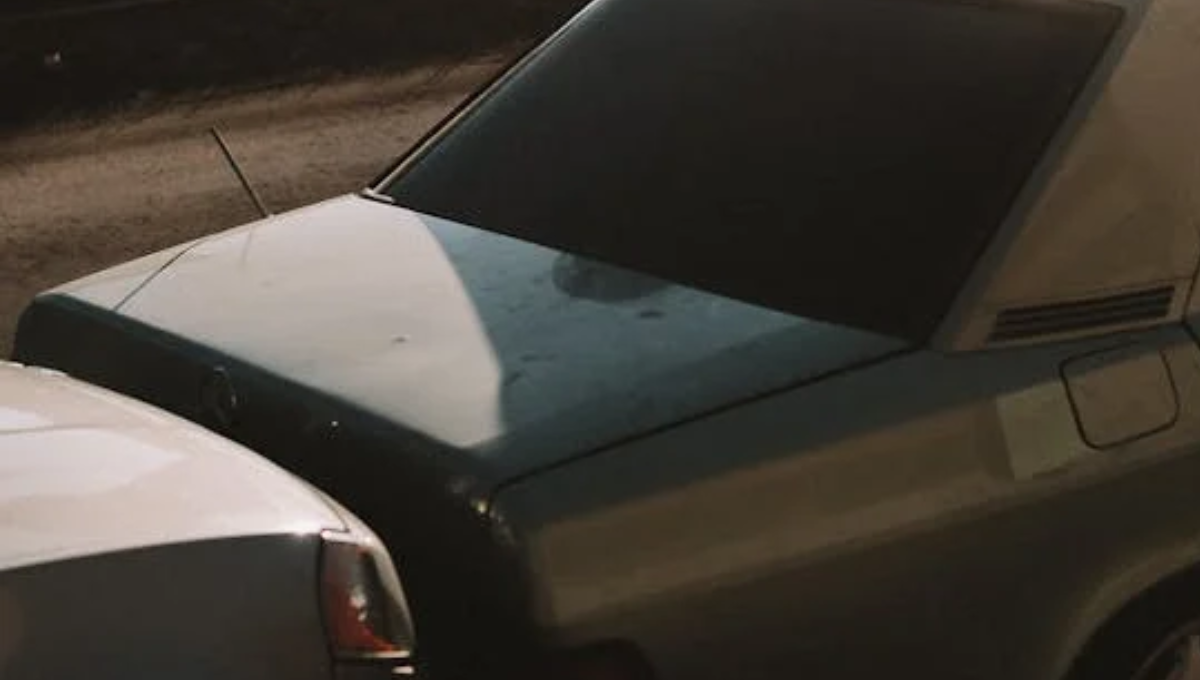Millions of people assume they’re fully protected—until disaster strikes and they discover a devastating truth: they’re underinsured. Studies show that 60% of homeowners, 28% of health insurance holders, and 1 in 8 drivers carry dangerously inadequate coverage. The consequences? Families drained by medical debt, homeowners forced to pay $100,000+ out-of-pocket after a fire, and drivers facing lawsuits that exceed their policy limits.
Why does this happen? Human psychology is wired to underestimate risk. We fall for the “it won’t happen to me” trap, prioritize short-term savings over long-term security, and get overwhelmed by complex policies. Insurance companies further fuel the problem by pushing low-cost plans without explaining the gaps. The solution? Recognizing these biases, auditing policies annually, and securing coverage that matches real-world risks—not just budgets.
Underinsurance: A Silent Financial Epidemic
What Is Underinsurance?
Underinsurance occurs when an individual’s insurance coverage is insufficient to cover actual losses in the event of a claim. This gap leaves policyholders responsible for massive unexpected expenses.
Key Statistics on Underinsurance
- Homeowners Insurance: 60% of U.S. homes are underinsured by an average of 22%, per a 2023 Marshall & Swift/Boeckh report.
- Health Insurance: 28% of insured Americans are underinsured, facing deductibles they can’t afford (Commonwealth Fund, 2022).
- Auto Insurance: 1 in 8 drivers carries only state-minimum liability coverage, risking financial ruin in major accidents (Insurance Research Council).
Real-World Consequences of Underinsurance
| Type of Insurance | Common Underinsurance Gap | Potential Financial Impact |
|---|---|---|
| Homeowners | Coverage doesn’t account for rising rebuild costs | $100,000+ out-of-pocket after a fire |
| Health Insurance | High-deductible plans with limited coverage | $15,000+ medical debt from one hospitalization |
| Auto Insurance | Minimum liability in at-fault accidents | Lawsuit exceeding $300,000 in damages |
The Psychology Behind Underinsurance: Why We Underestimate Risk
1. Cognitive Biases That Lead to Poor Insurance Decisions
Our brains are wired to downplay long-term risks in favor of short-term savings. Here’s how psychology sabotages our coverage choices:
Optimism Bias (“It Won’t Happen to Me”)
- People believe they’re less likely than others to experience disasters.
- Example: A homeowner in a hurricane zone skips flood insurance, thinking, “My house will be fine.”
Present Bias (The “I’ll Deal With It Later” Trap)
- Immediate costs (premiums) feel more painful than future hypothetical losses.
- Result: People choose cheaper, inadequate plans to save money now.
Complexity Aversion (Avoiding the Fine Print)
- Insurance policies are confusing and tedious, so many people stick with default options.
- Finding: 65% of policyholders don’t fully understand their coverage (NAIC Survey).
Anchoring Effect (Misjudging True Costs)
- People rely on outdated estimates (like home market value vs. rebuild cost).
- Fact: Construction costs have risen 35% since 2020, making many policies obsolete.
2. Behavioral Economics of Insurance Purchases
- Loss Aversion: People fear premium increases more than potential claim shortfalls.
- Default Bias: Most stick with employer-provided or minimum-coverage plans without reassessing.
How the Insurance Industry Contributes to Underinsurance
1. Misleading Marketing Tactics
- Insurers often promote “affordable” low-coverage plans without highlighting risks.
- Example: “Basic” health plans with $10,000 deductibles leave families vulnerable.
2. Failure to Adjust for Inflation
- Many policies don’t automatically update for rising medical or construction costs.
- Result: A policy that covered a 200,000rebuildin2015maynowfall∗∗200,000rebuildin2015maynowfall∗∗70,000 short**.
3. Overconfidence in Employer-Provided Plans
- Employees assume their workplace insurance is sufficient, but 49% of employer health plans leave workers underinsured (KFF 2023 Report).
How to Avoid Underinsurance: A Step-by-Step Guide
Conduct a Policy Audit Every Year
- Compare coverage against current replacement costs (not market value).
- Use tools like Dwelling Cost Calculators for homes.
Understand Key Insurance Terms
| Term | Definition | Why It Matters |
|---|---|---|
| Actual Cash Value (ACV) | Pays depreciated value of lost items | Often leaves you underpaid for claims |
| Replacement Cost Value (RCV) | Covers full rebuild/replacement cost | Critical for avoiding underinsurance |
| Coinsurance Clause | Penalizes underinsured policyholders | Can reduce claim payouts by 20-40% |
Increase Liability Coverage
- Auto: 100,000/100,000/300,000 is safer than state minimums.
- Homeowners: Umbrella policies add extra protection.
Work with an Independent Agent
- They compare multiple insurers (not just one company’s offerings).
- Help tailor coverage to real risks, not just price.
The Future of Underinsurance: Trends to Watch
1. Climate Change & Rising Disaster Risks
- Wildfires, floods, and storms are increasing—yet only 30% of homeowners have adequate disaster coverage.
2. Healthcare Inflation Outpacing Policy Limits
- Medical costs are rising 6% yearly, making older policies insufficient.
3. Regulatory Changes (States Cracking Down)
- Some states now require higher minimum auto liability limits to reduce underinsurance.
Conclusion: Break the Underinsurance Cycle Before It’s Too Late
Underinsurance isn’t just a financial mistake—it’s a psychological blind spot with life-altering consequences. From optimism bias to industry marketing tactics, multiple forces push people toward inadequate coverage. Yet the price of underinsurance—bankruptcy, unpayable medical bills, or losing a home—far outweighs the cost of proper protection.
The way out? Reject complacency. Regularly reassess policies, demand transparency from insurers, and prioritize true security over minor premium savings. Because when catastrophe strikes, the real question isn’t “Can I afford better insurance?”—it’s “Can I afford NOT to have it?” The smartest insurance decision you’ll ever make is ensuring you’re fully covered before it’s too late.
References:
- Insurance Information Institute (III): The Underinsurance Crisis in America
- Journal of Risk and Insurance: How Cognitive Biases Influence Insurance Decisions
- Consumer Reports: The True Cost of Underinsuring Your Home
- Kaiser Family Foundation: Why Health Insurance Leaves So Many Vulnerable
- National Association of Insurance Commissioners: Auto Insurance: The Risks of Minimum Coverage







